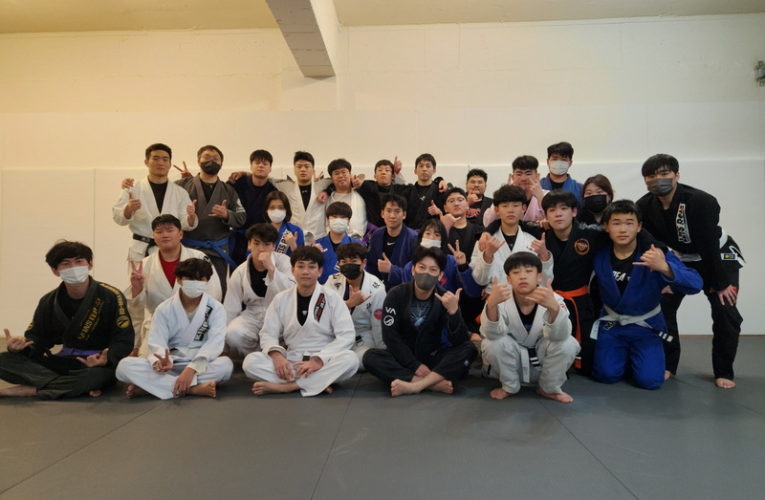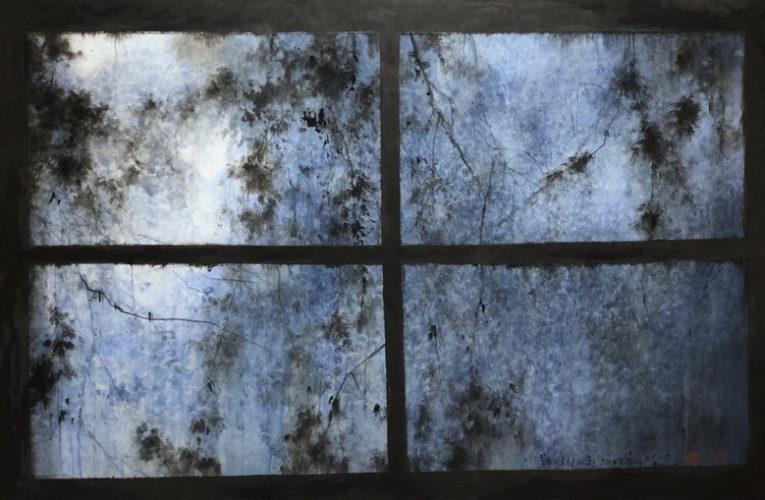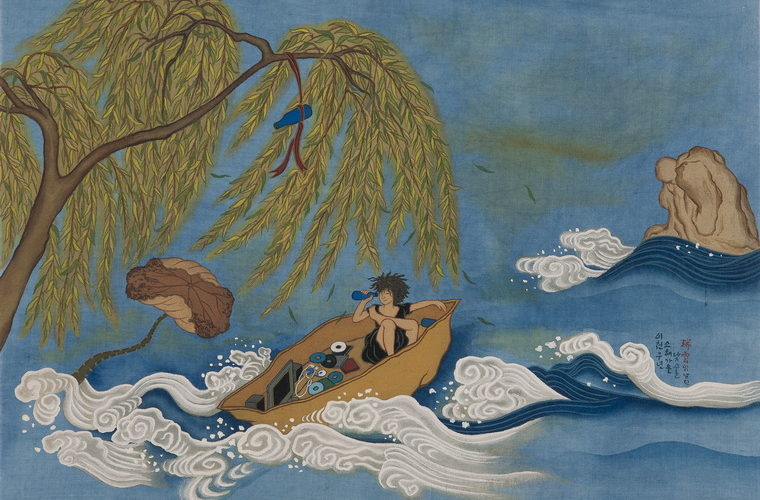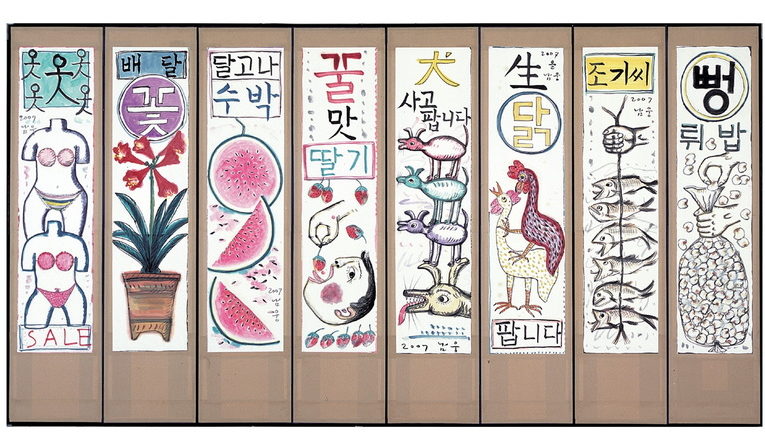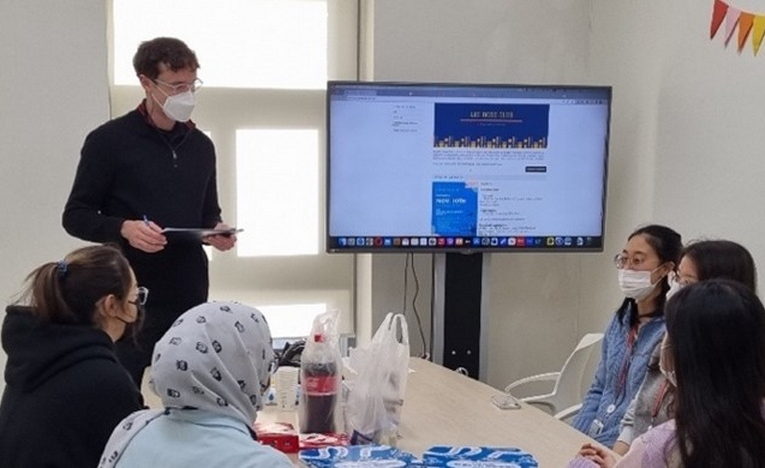Maruna Jiu-Jitsu: Interview with Coach You Taebin
While BJJ is believed to have originated in 1925 in Japan, it was not until 1999 that it was first brought to Korea by John Frankl, a professor at Seoul’s Yonsei University, who came from the United States as a researcher and brown belt at the time. Nevertheless, it seems it has been just around the last decade that BJJ has been gaining real popularity in Korea, with more opportunities for both locals and foreign visitors to practice the martial art. Our Gwangju News team had the pleasure to talk to the owner and main coach of one of the recently opened gyms in Gwangju, Maruna Jiu-Jitsu.







